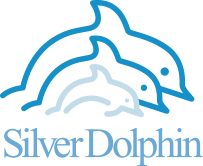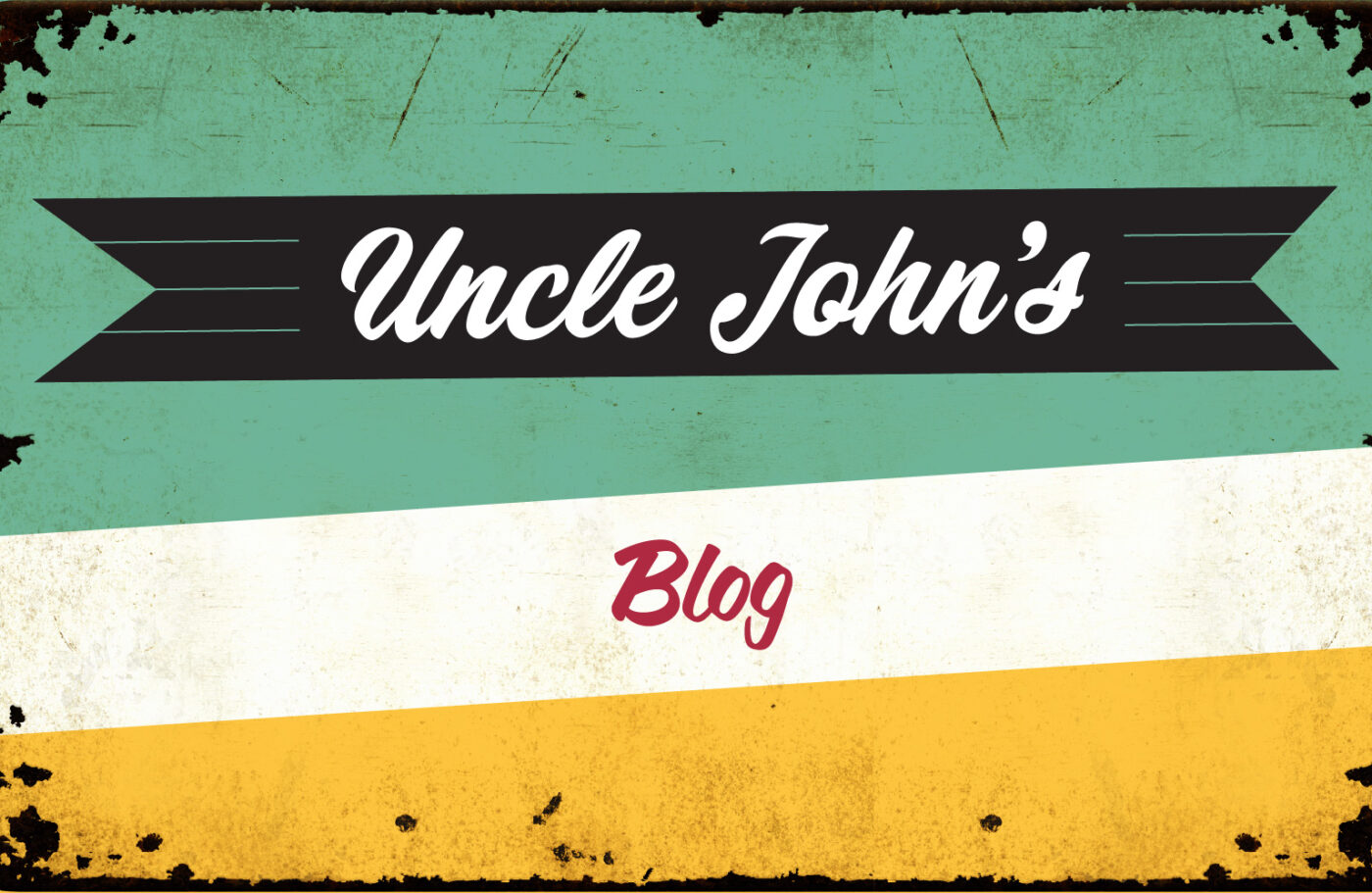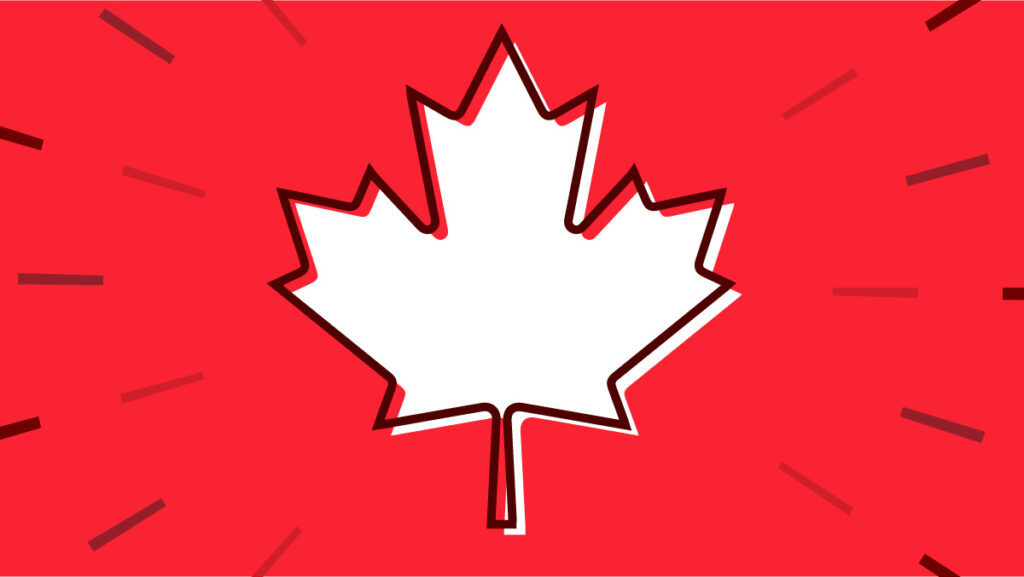By Brian Boone
Canadians and Americans share a lot of pop culture and commerce. Some stuff just gets lost in translation when it goes from the British-influenced, bilingual nation into the U.S. In honor of Canada Day — the date in 1867 when the Dominion of Canada was established — here are some commonplace, even mundane things in Canada that only a Canadaphile in the U.S. would know about.
THE CANADIAN KFC
Originally the Swiss Chalet Bar-B-Q when it opened its first location in Toronto in 1954, Swiss Chalet isn’t a barbecue restaurant at all. The menu revolves around char-grilled rotisserie chicken. Restaurant-style full meals — chicken prepared any number of ways, roast beef, sandwiches, and omnipresent gravy — are served with fast food quickness at the more 200 Swiss Chalets around Canada. Swiss Chalet tried to enter the American market in 2000, but within a decade, its Buffalo, New York, outlets had shut down.
THE CANADIAN WALMART
Over a vast network of more than 1,700 establishments and subsidiaries, Canadian Tire is the biggest and most lucrative retail operation in Canadian history. It started out in 1922 as a place to buy stuff like tires and auto parts, before it expanded into housewares and sporting goods as it expanded its retail footprint. Canadian Tire also operates gas stations, the clothing store Mark’s, and a bank. Its longstanding loyalty program awards customers currency that can be used as Canadian Tire coupons — and for decades thousands of other businesses accepted the stuff as cash.
[featured_book}
THE CANADIAN NFL
Rugby diverged into two kinds of football: the American style, played in the NFL, and the game played in the Canadian Football League and throughout Canadian schools and amateur leagues. The field is 110 yards (not 100), the goalposts are on the goal lines (not behind the end zones), and teams get three tries to score (not four). Nine teams from Canada’s largest teams compete to win the Grey Cup each year; the broadcast is annually one of the most-watched things in Canada. In the early ‘90s, an expansion into the U.S. was financially disastrous and was canceled after three seasons, even though the Baltimore Stallions won the Grey Cup.
THE CANADIAN ARCHIE BUNKER
The most popular domestically produced Canadian sitcom of the 1970s, and arguably all-time, is the 1975-1980 CBC series The King of Kensington. Al Waxman (best known to Americans for his role as Lt. Samuels on Cagney and Lacey) played the friendly but very opinionated and overbearing Larry King, who held court and sold stuff out of his convenience store in urban Toronto’s Kensington Market. Larry, and Waxman, are so beloved that after the latter a died, a statue of the former was erected in the real Kensington Market.
THE CANADIAN McDONALD’S
Hardee’s is a major chain in the U.S. but nonexistent in Canada because of the dominance of, and successfully court-ordered trademark claims, of Harvey’s. The first burger joint in the chain opened in Toronto’s Richmond Hill in 1959, and there’s now one in just about every major city and province of Canada. Harvey’s is staunchly and proudly Canadian — the apostrophe in its logo is a maple leaf, and it gets all its dairy products and beef for milkshakes and burgers, respectively, from domestic farmers. It also paved the way for places like Subway and Chipotle, as customers can customize their burgers with dozens of different condiment choices. And because it’s Canada, Harvey’s sells a lot of poutine — that quintessentially Canadian junk food of French fries slathered in gravy and topped with cheese curds.









